Why Children Working Together Is Important
- • 5 MIN READ 📖

What does seeing kids playing together remind you of? That’s right – you. How they get busy during make-believe is identical to how you and your colleagues fuss and argue with each other over a team project during busy office hours. Mini-versions of you all, children working together in their ‘eco-system’ take their first steps to socialize and collaborate, both an integral part of adulthood. Why are children working together important? What can moms and dads do to encourage littlies to collaborate and never feel demoralized, overlooked, or unsafe? Below, we’ll address the topic from parental, scientific, and social viewpoints to get the most common questions on collaborative play answered and your fears dispelled. Let’s get to it.
Meaning of Collaborative Play
Simply put, a group game is a shared imaginary situation that two or more toddlers co-experience simultaneously with or without adult involvement. The overall purpose is to achieve a common goal by discussing, sharing, compromising (or not), following rules, and passing all other stages of standard teamwork. What we like most about collaborative play meaning – it isn't even remotely close to what competitive games are about. Kids aren’t focused on themselves but on pulling together in the same direction.
What Is Collaborative Play in Child Development
The authors of the “On ‘Becoming Social’: The Importance of Collaborative Free Play in Childhood” research – Pam Jarvis (Leeds Trinity University) and Stephen Newman (Leeds Beckett University) – insist on the importance of group play for toddlers as part of make-believe since it is “critically important in the intricate interconnectedness of children’s social, emotional, intellectual, and linguistic development.” By engaging with each other, kids learn to contribute. This ability, in turn, gives youngsters a strong feeling of competence with a sense of usefulness, belonging, and overall well-being.

Age for Collaborative Play
Chances are you’ve seen 2-year-olds playing together. However, if you looked closer, you’d see them engaged in a side-by-side or parallel game process. In such cases, collaboration is brief, with little interaction. Do not force little ones to hang out together for healthy early childhood development. It’ll come naturally sooner than you know! At the age of 4+, actually.
First identified by researcher Mildred Parten in her work “Social Participation among Pre-School Children,” collaborative play tops the list of play stages (unoccupied, solitary, onlooker, parallel, and associate). Typically, it does not develop until kiddos are 4.5 years old. You will notice they have reached the cooperative play age when they work with peers toward their common goal and communicate the process step-by-step. In such cases, every gang member has a unique role that resonates with the common enterprise.

What Are the Benefits of Cooperative Play for Toddlers
As an essential part of kids' social and physical development, the cooperative game has many compelling benefits, such as:
- Boosts communicative/collaborative skills. Kids learn what teamwork is, rely on others, help peers in need, as well as communicate their ideas clearly and politely.
- Improve vocabulary. Having fun together is all about communication. That’s how excellent negotiation skills are polished!
- Enhances confidence/self-esteem. Children develop these strengths through engaging in activities surrounded by family, friends, relatives, etc.
- Fosters empathy. One of the most significant benefits of cooperative play that makes kids think about how their words or actions can impact others.
- Guarantees healthy cognitive development. Group tasks help them face new challenges, find solutions, expand their horizons, etc.
- Teaches kids what friendship is. They learn to compromise, set fair rules, and find solutions for everyone.
- Makes kids good listeners. Something most adults lack, right?

Examples of Cooperative Play for Toddlers
The key ingredients to successful team play are a non-competitive scenario and a safe environment that parents should provide for kids to practice their social skills. It’s not about being the smartest or the fastest but solving problems, making mistakes, as well as facing the consequences while focusing on overall success. That being the case, we listed some examples of cooperative play for toddlers that you can put on your list or devise variations on these fascinating activities below.
- Building blocks. If you can’t think of any entertaining activity, go for blocks. This good old pastime works ideally for solo games or productive interaction with pals, relatives, parents, siblings, etc. Curious tots can share viewpoints, debate, contribute to the process, as well as admire a fascinating result!
- Play stackers. With these time-tested attributes, toddler teamwork thrives! These toys are fun and educational, stimulating teamwork skills, social development, and hand-eye coordination. Find out more about the benefits of stacking toys from one of our previous articles here.
- Putty. Useful for all ages, it is individually perfect for littlies. Along with encouraging kids to work together, you can use putty to help them boost their sensory and fine motor skills, as well as upgrade their creativity.
- Dress-up. Perfect for promoting creativity, self-expression, and imagination! Besides, it’s an unbelievably easy way to get kids ‘work’ together. Make your private haute-couture show more comfortable with accessories like a wooden wardrobe rack, podium, decorations, etc.
- Board games & puzzles. When it comes to successful togetherness, puzzles and table games never fail! Get a wooden name puzzle or best-rated things like Spot It! or Outfoxed! to involve kiddies negotiating and looking for save-the-world solutions.
- Singing/dancing games. Most loved techniques to help parents get toddlers moving and enjoying some great time together. Simple moves keep your cherub fit, increase physical strength and flexibility, as well as promote neurological development. Pick familiar songs and join the party!
- Outdoor activities. Any physical activity is good if in the open air. Youngsters who regularly spend time outside have healthy peer-to-peer relationships with better awareness of their or other kids’ feelings. Learn more on “10 Toddler's Physical Development Activities” to make your next outdoor fun.
- Make art. Children thrive when engaged in a creative process. Arm tots with chalks, watercolors, pencils (or whatever they need to self-express) to let them release creative juices! If you don’t know how to encourage creativity in your child, read more here to activate that dormant imagination.

How to Encourage Collaborative Play in Toddlers
Just in case, we will remind you: whatever process you get your kids involved in, never force it. Toddlers are honest and transparent with their feelings, so you can see when any undertaking gets uncomfortable.
If you wonder how to get your tot ready to interact with others, these steps below will help you along the way:
- Motivate them to help you at home. Seeing you and other family members busy with household tasks might encourage them to join y’all.
- Praise toddlers for kindness. They’re just learning the art of helping, sharing, respect, and kindness. Praise them even for some small success!
- Get artistically creative together. Art murals or finger painting are just a few activities that unite youngsters, allowing them to better understand collaboration and communication.
- Try various roles. ‘Doctors & nurses,’ ‘kitchen,’ ‘family,’ and other activities help to re-create real-life situations and build solid communication skills.
- Try storytelling. Get them to sit in a circle on the floor and try to build some spooky story with each child co-authoring it!
- Let them socialize more often. The more they interact with peers, the faster they master the art of collaborative play.

Most childcare experts agree that anything you can do for your child to simplify play with others is useful. Whether it’s team sports, assembling themed puzzles, making meals, or music together, it does help learn valuable life skills and raise happy kids in today’s cold world. How do you know what to pick? It is a great idea as long as it fosters teamwork, doesn’t hurt others, and keeps them off-screen!

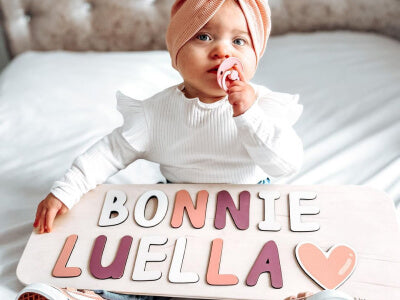
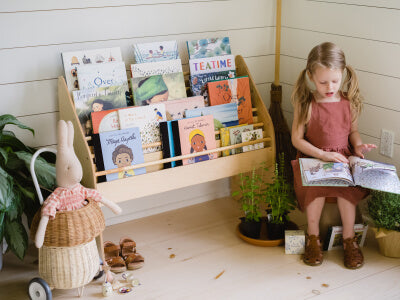
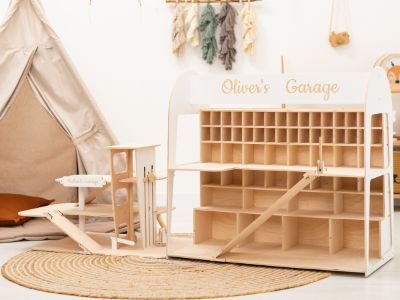

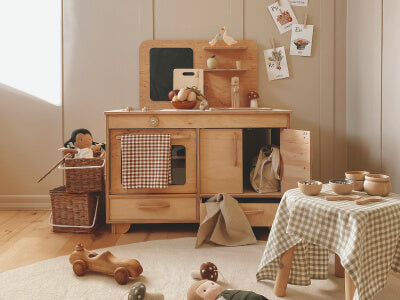
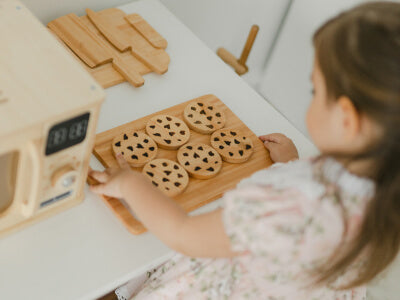
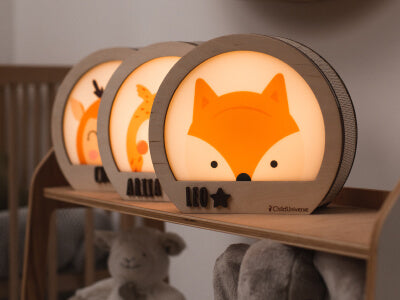
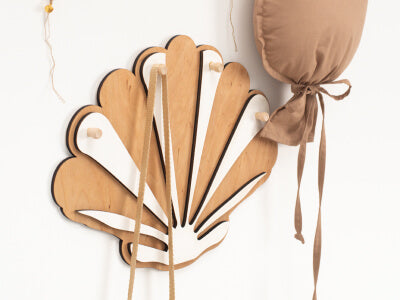
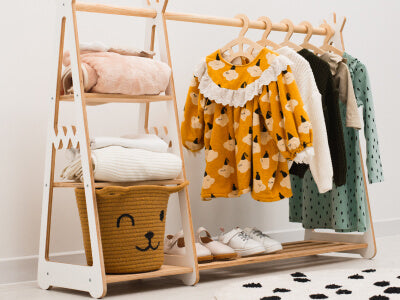

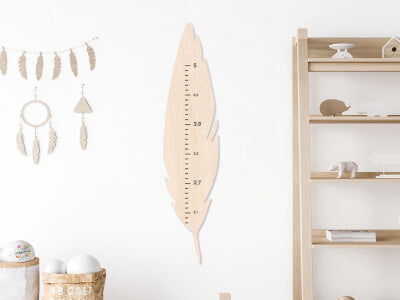
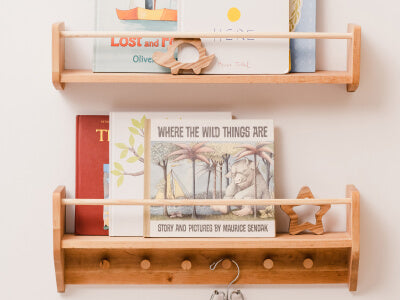
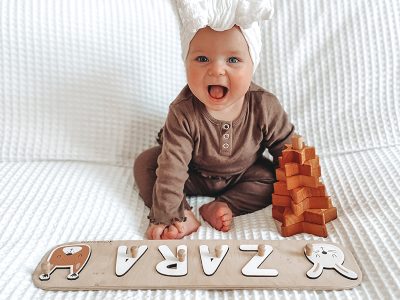
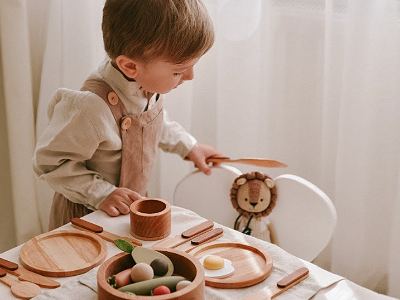

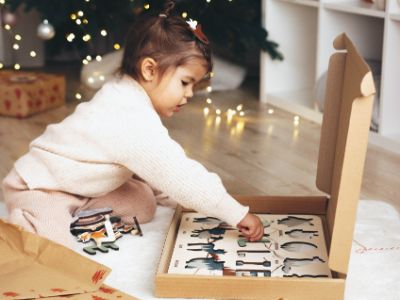
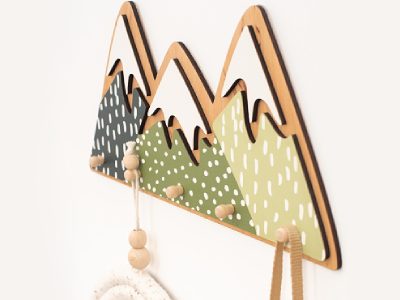
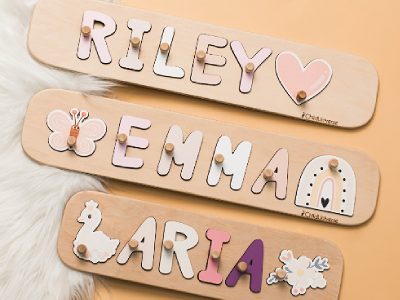
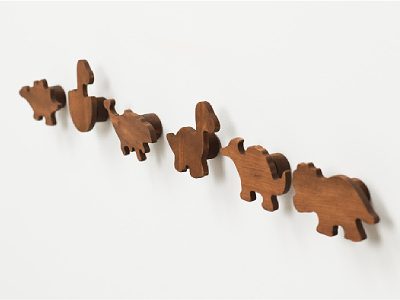
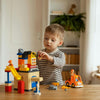
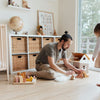



I would never have thought that motivation to help older family members at home would help children become more open to communication with their peers. Bravo
I hope the combination of soothing and playful colors made a positive difference in our daily routines. Thank you!
It’s amazing how a thoughtful choice of colors can impact kids’ mood and creativity!
The insights on fostering cooperation among siblings are invaluable. ChildUniverse, thank you!
Encouraging teamwork in my kids was a challenge until I found this article. I wish the practical suggestions transformed daily activities into collaborative, joyful experiences :)
As a parenting consultant, I find this article to be an invaluable resource for parents seeking to support their children’s social development. It eloquently addresses the importance of collaborative play and offers practical solutions for encouraging it 👌 .
As a strong advocate for play and child development, I found this article enlightening. It emphasizes the importance of collaborative play and offers guidance on how parents can nurture this skill. It’s an excellent resource for fostering socialization in kids 🤗.